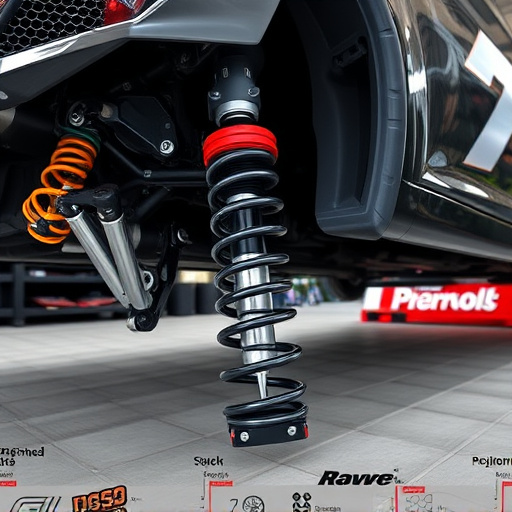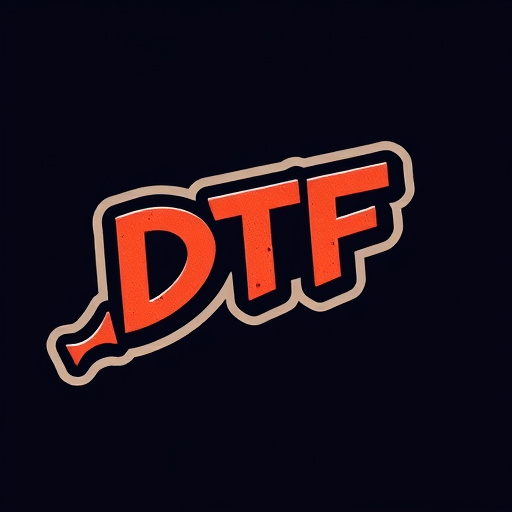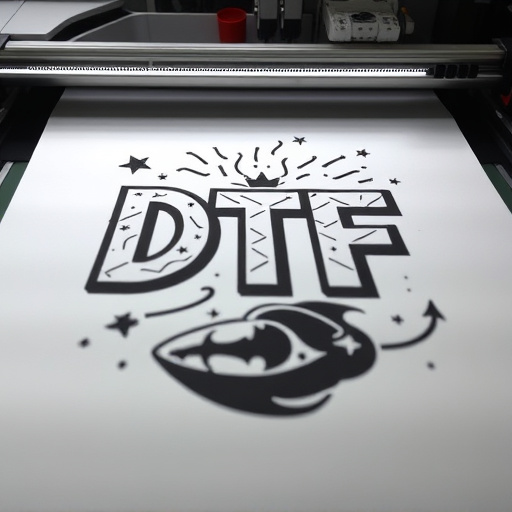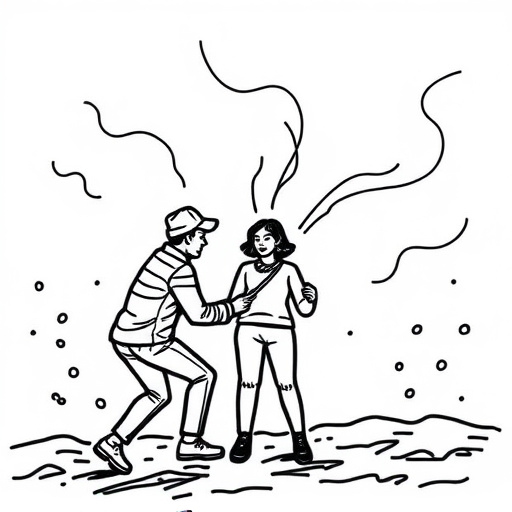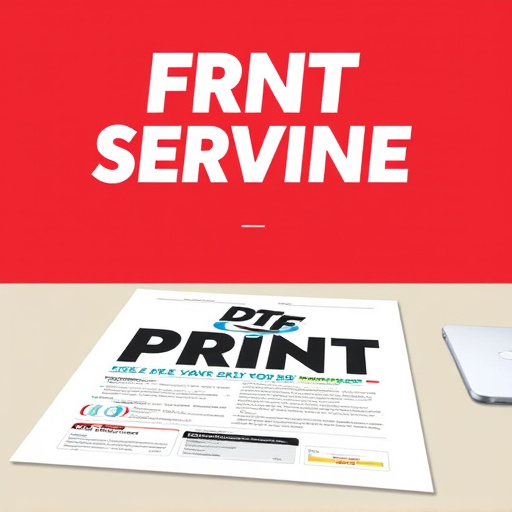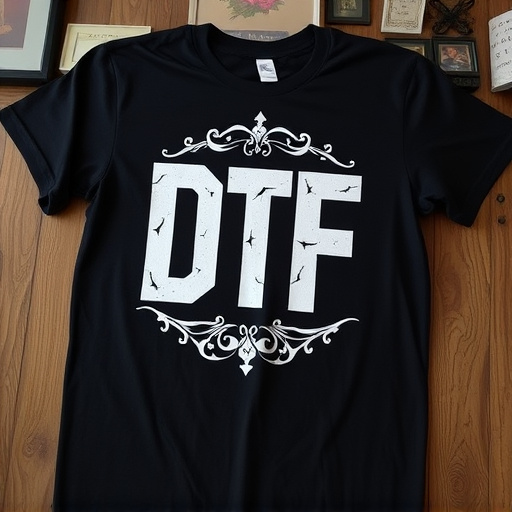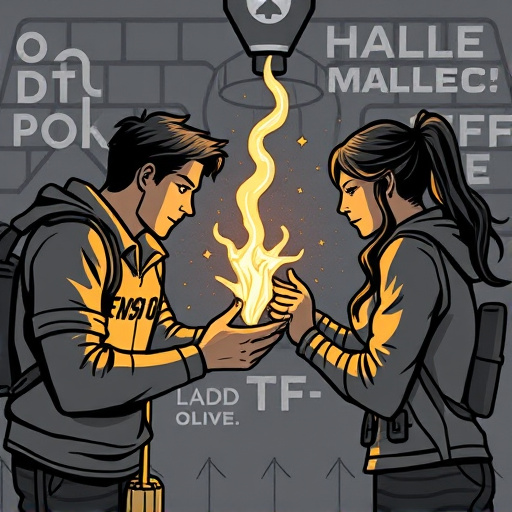Direct To Film (DTF) printing requires balancing print resolution with file size to avoid blur or pixelation. High-resolution vector or raster images (300 DPI+) in CMYK color mode are ideal for vibrant prints on fabrics. Proper ink compatibility, drying times, and substrate selection ensure detailed, long-lasting results, especially for bulk production.
“Direct to film printing offers a vibrant, high-quality finish for various projects, but pitfalls await the unwary. In this guide, we explore common mistakes in direct to film printing projects, focusing on crucial aspects often overlooked. From misunderstanding print resolution requirements to inadequate file preparation and ignoring ink compatibility, these blunders can be easily avoided. By understanding these issues, you’ll ensure superior results, bringing your creative visions to life with precision and clarity.”
- Misunderstanding Print Resolution Requirements
- Inadequate File Preparation and Formatting
- Ignoring Ink Compatibility and Drying Times
Misunderstanding Print Resolution Requirements
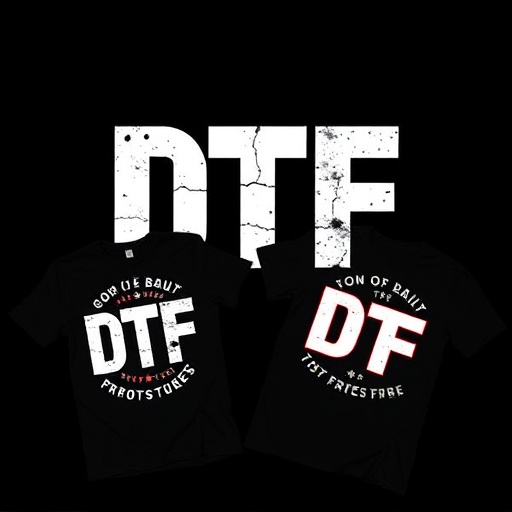
Many aspiring direct to film printers often fall into the trap of assuming that higher print resolution automatically equates to better results in their DTF (Direct To Film) printing for t-shirts or other materials. This is a common misunderstanding, as the actual requirements vary based on several factors, including the intended use and the capabilities of your equipment. Simply using a higher-resolution dtf transfer sheet might not yield the desired crispness if the original design isn’t optimized for printing at that scale.
It’s crucial to strike a balance between print resolution and file size. Overly complex designs with high detail can result in large file sizes, which may cause printing issues or prolong the process. Conversely, low-resolution images might appear pixelated when enlarged during the dtf transfer process. Therefore, careful consideration of the intended final product and choosing the right resolution for your DTF transfer sheets is essential to avoid blurring or graininess.
Inadequate File Preparation and Formatting
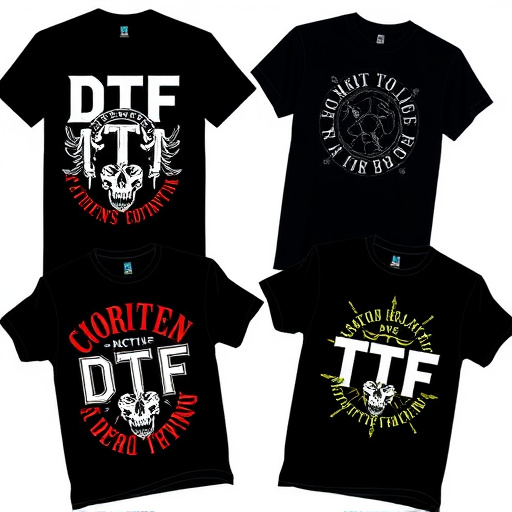
Inadequate file preparation and formatting are common pitfalls in Direct to Film (DTF) printing projects. When preparing design files for DTF printing, ensuring optimal resolution and color accuracy is paramount. Many designers make the mistake of using low-resolution images or improperly formatted files, leading to blurriness and color distortion on the final print. For DTF printing on t-shirts and other fabrics, it’s crucial to follow specific file guidelines set by your printer. This usually involves using vector graphics or high-resolution raster images (300 DPI or higher) in formats like SVG, EPS, or high-quality JPEGs.
Moreover, color profiles and modes matter significantly. Using the correct color mode (CMYK for printing) and ensuring your design software is set to match the printer’s profile can prevent unexpected color shifts. Neglecting these details can result in dtf prints that fall short of expectations, especially when producing bulk DFT shirt production runs. Therefore, taking the time to properly prepare and format files is essential for achieving high-quality, vibrant DTF printing results.
Ignoring Ink Compatibility and Drying Times
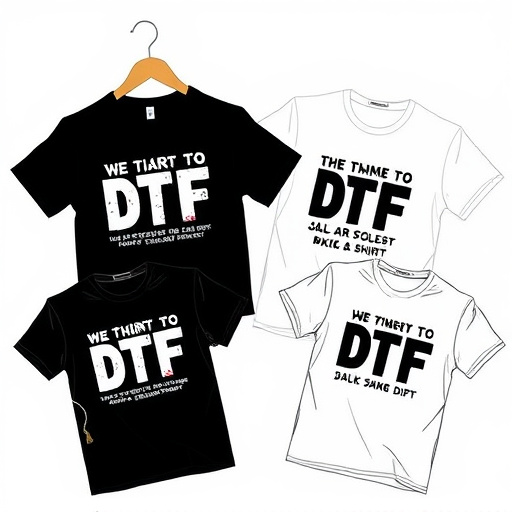
When embarking on a Direct to Film (DTF) printing project, a common pitfall many enthusiasts and professionals fall into is neglecting the critical aspects of ink compatibility and drying times. DTF prints, known for their vibrant and detailed outcomes, rely heavily on the proper pairing of inks and substrates. Using incompatible inks can lead to unsatisfactory results, from poor adhesion to blurring or even ink bleeding. Each printing ink has its unique properties, including recommended substrate types and ideal drying conditions.
Understanding the drying times associated with different inks is equally vital. In a rush to complete projects quickly, many overlook the fact that inks must be given adequate time to set properly on the film surface. This is especially crucial for cold peel DTF transfers, where a quick dry can result in a poorly bonded transfer that may lift or distort during application. Patience and attention to detail are key when it comes to ink compatibility and drying times to ensure high-quality, long-lasting dtf prints.
Direct to film printing can be a powerful tool for creating high-quality visuals, but it’s not without its pitfalls. By understanding and avoiding common mistakes like misunderstanding print resolution requirements, inadequate file preparation, and ignoring ink compatibility and drying times, you can ensure your Direct To Film Printing projects achieve their full potential, delivering vibrant, accurate results every time.







